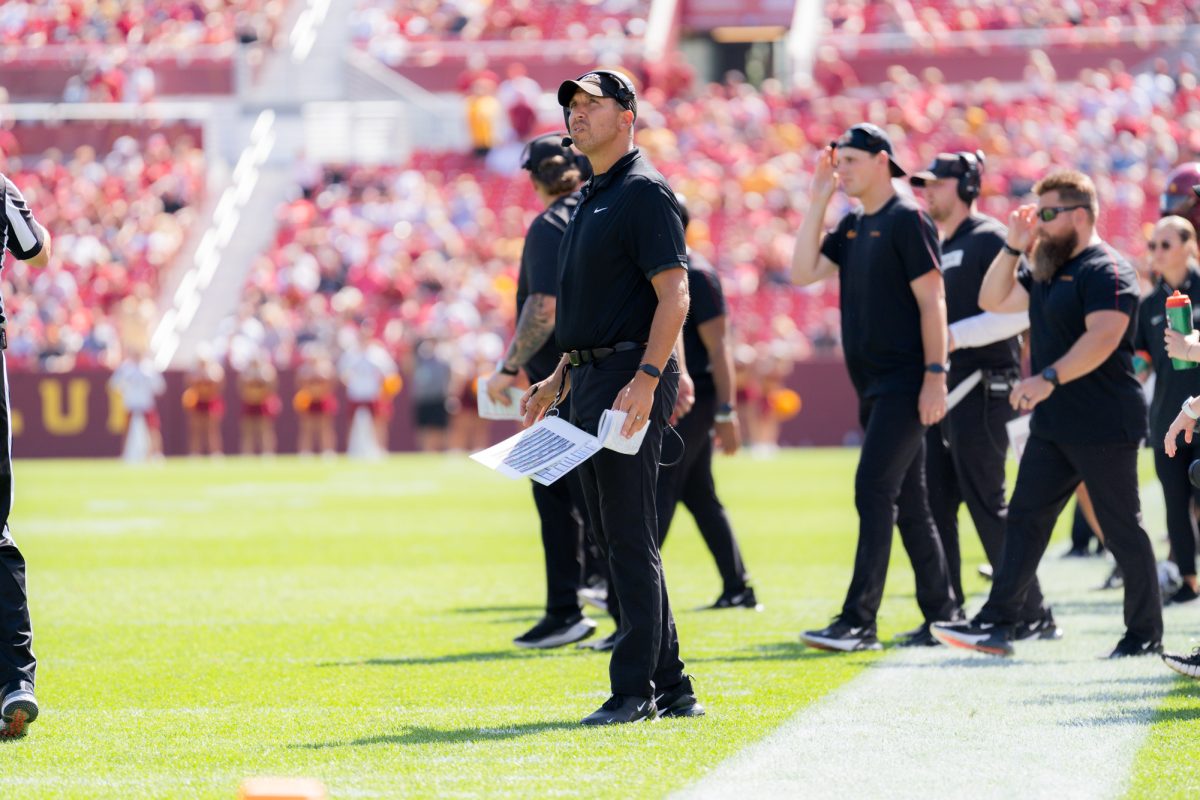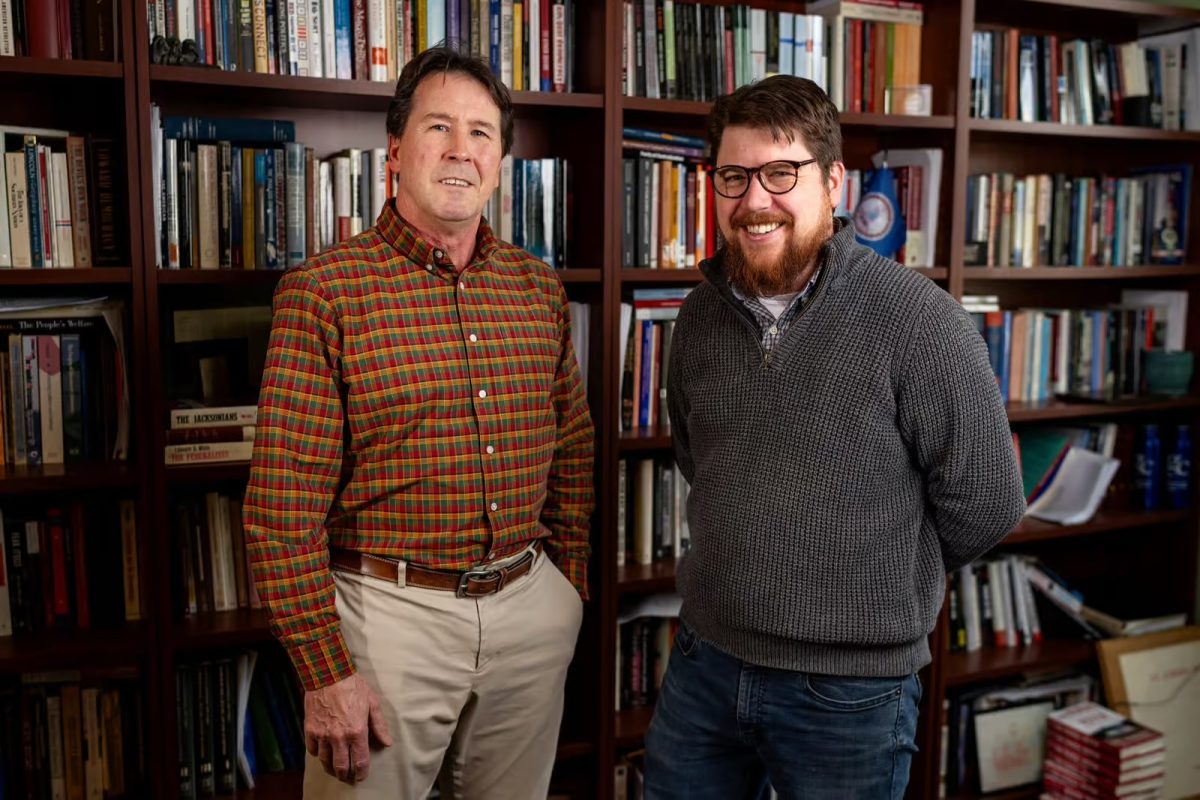Low-tech tools come in handy for high-tech research
March 3, 2000
Aluminum foil, Vaseline, paper clips, toothbrushes and sewing needles seem like normal objects to have around the house, but they are apparently often seen in labs, too.
ISU scientists frequently find creative uses for households items, even in the high-tech experiments conducted at Ames Lab.
Lance Miller, associate physicist at Ames Lab, said he uses many everyday items in his lab experiments, especially Vaseline.
Miller said he uses Vaseline as a sticky substance to keep powder samples from slipping off X-ray slides. Miller said powder sliding off the slides used to be a problem in many experiments, but it is a worry no longer thanks to Vaseline.
Miller said he uses gel caps, such as what many over-the-counter drugs come in, to store small samples. These he had to order from a drug-manufacturing company, he said.
“They made me sign a release form saying I wouldn’t use them to put drugs in. I guess they didn’t want any Black Beauties coming out of the physics department,” he said.
Another inexpensive and common tool scientists use is the paper clip, Miller said. He said many scientists attached a paper clip to a string hanging from lab ceilings to indicate whether the lab’s magnetometer is on.
“You know what happens when you put your credit card by a magnetic field, how it gets stripped,” he said.
The same is true in this case, so if the scientists see the paper clip pull toward the field, they know not to go in there with their wallets on them, Miller said.
“You can buy commercial meters, but this is much cheaper, and we are cheap,” he said.
Miller also said he had used varnish for gym floors as glue, twisted spoons as stirrers, a speaker from a radio as a helium-leak detector and laser pointers as indicators for X-rays.
Robert Houk, professor of chemistry and senior chemist at Ames Lab, said he uses toothbrushes and regular hand soap to clean metal pieces that have become corroded during the course of high-temperature experiments.
“The hand soap has to have some grit to it for it to work because the pieces tend to oxidize and even change shape in the heating process,” Houk said.
Cynthia Jenks, associate scientist at Ames Lab, said her department goes through a lot of aluminum foil.
“We wrap the entire ultra-high vacuum chamber in aluminum foil because the stainless steel the chamber is made of is not a good conductor,” Jenks said.
The ultra-high vacuum chamber is used to heat clear-metal surfaces to 200 degrees Celsius, which is roughly 325 degrees Fahrenheit, Jenks said.
Her husband and colleague, William Jenks, associate professor of chemistry, said they often used regular balloons as a safety device.
Cynthia Jenks said when scientists work with gases, they need to have a controlled atmosphere. By attaching a balloon to the end of a syringe connected to a round bottom flask, they can create a safety valve where the heated gases can escape.
“The balloon works as a safety measure, or as a convenient storage of a reagent gas,” she said.






